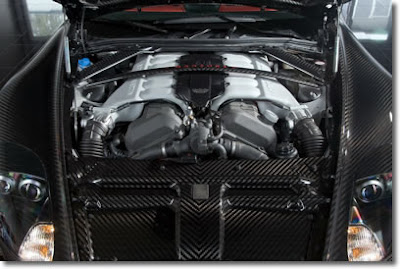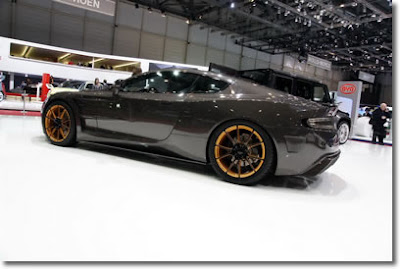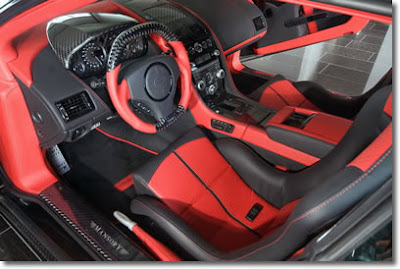
The Gazoo Racing team who prepared the two cars for the race claims that due to the car’s advanced, lightweight composite construction and 552bhp mid-mounted V10 engine, it will be able to sprint to 62 mph in only 3.7 seconds and hit a top speed of more than 200 mph.
Continued after the jump! Leading the team is Toyota master test driver Hiromu Naruse. The team members boast to having excellent GT and endurance racing experience.
There are four Japanese members in this team. First, there is Takayuki Kinoshita, a six-time winner of the Super Taikyu Endurance Series, and holds the distinction of having competed more often and having finished higher (fifth overall) at the Nurburgring 24 Hours than any other Japanese driver.
Akira Ida was overall winner of the Tokachi 24 Hours in 1995 and 2007, and both Juichi Wakisaka and Kazuya Oshima have consistent success in Japanese Super GT 500 and GT 300 competition. There are three German drivers: Armin Hahne, winner of the Spa 24 Hours in 1982 and 1983; Jochen Krumbach, who finished second overall in the 2008 Nurburgring 24 Hours; and Andre Lotterer, Super GT 500 champion in 2006 and 2008.






























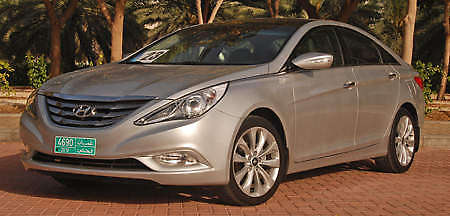
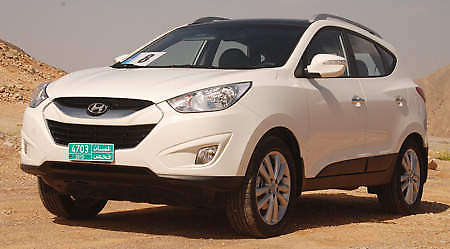
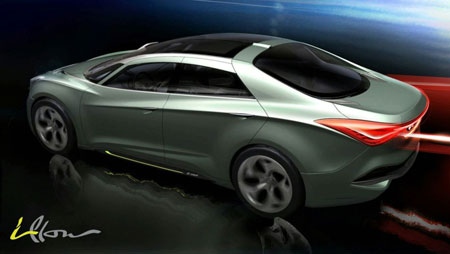
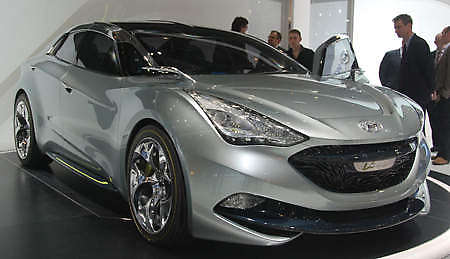 The Hyundai i-flow is one of the significant concept cars at Geneva, not just because it looks dramatic, but because under that heavily sculpted skin is a range of latest tech that could appear in Hyundai’s next generation of cars. Powering the i-flow is the company’s first diesel-electric hybrid powertrain consisting of a U2 1.7-litre oil burner with two-stage turbocharging and Hyundai’s lithium ion-polymer battery. Coupled to a six-speed, dual-clutch transmission, the drivetrain is capable of 33.3 km/l and a low CO2 output of 85g/km.
The Hyundai i-flow is one of the significant concept cars at Geneva, not just because it looks dramatic, but because under that heavily sculpted skin is a range of latest tech that could appear in Hyundai’s next generation of cars. Powering the i-flow is the company’s first diesel-electric hybrid powertrain consisting of a U2 1.7-litre oil burner with two-stage turbocharging and Hyundai’s lithium ion-polymer battery. Coupled to a six-speed, dual-clutch transmission, the drivetrain is capable of 33.3 km/l and a low CO2 output of 85g/km.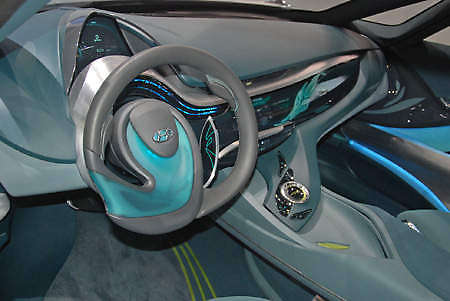
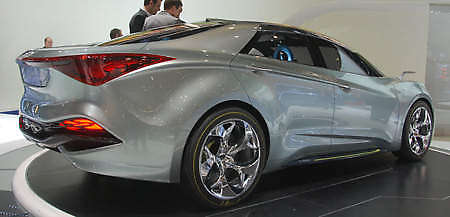 Designed at Hyundai’s European studio in Russelsheim, the i-flow sports the firm’s “fluidic sculpture” design language. With an overall length of 4,780 mm and a 2,800 mm wheelbase, the i-flow is a Honda Accord sized D-segment contender that is set to hit the market in 2011. It remains to be seen how much of the i-flow’s styling is retained for production, but things look promising with the recent Korean realisation that advanced design is as important as making competent cars.
Designed at Hyundai’s European studio in Russelsheim, the i-flow sports the firm’s “fluidic sculpture” design language. With an overall length of 4,780 mm and a 2,800 mm wheelbase, the i-flow is a Honda Accord sized D-segment contender that is set to hit the market in 2011. It remains to be seen how much of the i-flow’s styling is retained for production, but things look promising with the recent Korean realisation that advanced design is as important as making competent cars.





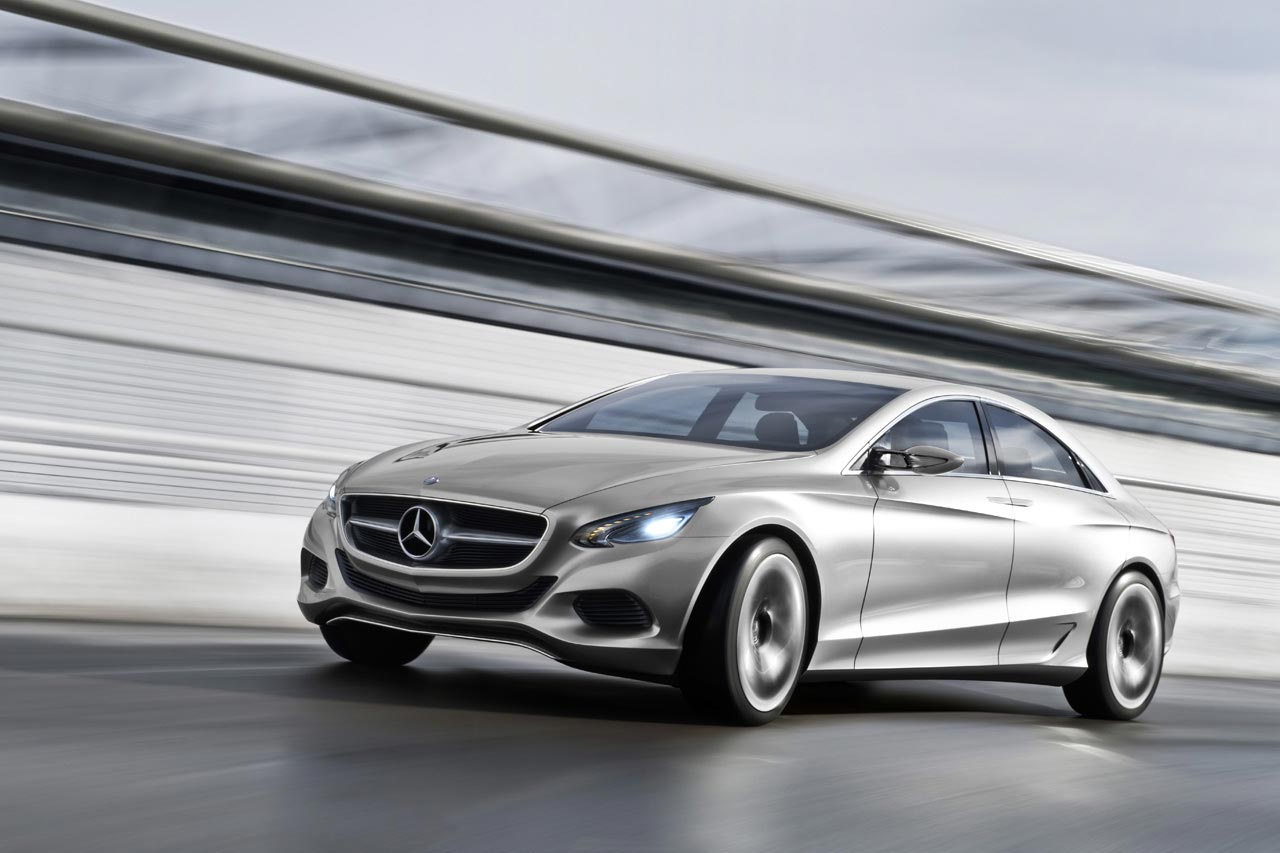
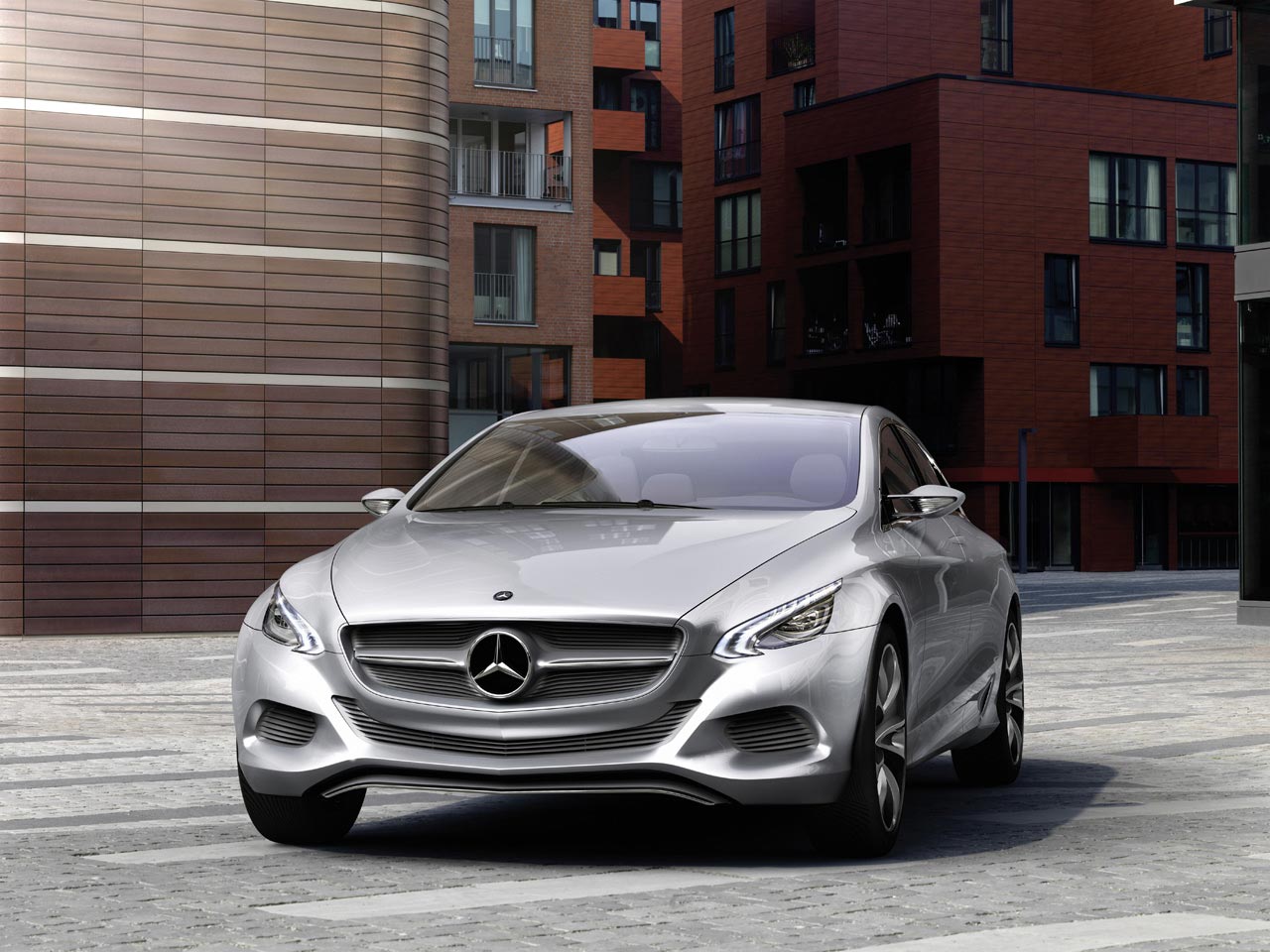



 The elegant side view of the coupé is perfected by the sportily filigree Kicherer RS-1 20 inch wheels, behind which you get hints of the braking power of the 6 and 6 piston high performance brake system. With its composite discs and modified flexible steel tubes this ensures a suitable negative acceleration.
The elegant side view of the coupé is perfected by the sportily filigree Kicherer RS-1 20 inch wheels, behind which you get hints of the braking power of the 6 and 6 piston high performance brake system. With its composite discs and modified flexible steel tubes this ensures a suitable negative acceleration.
